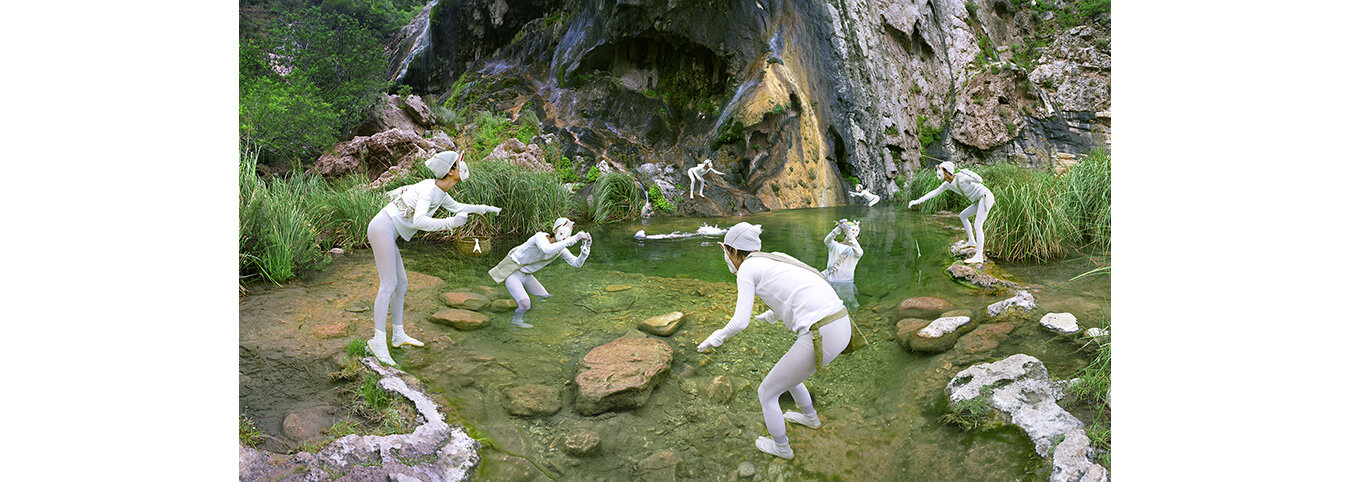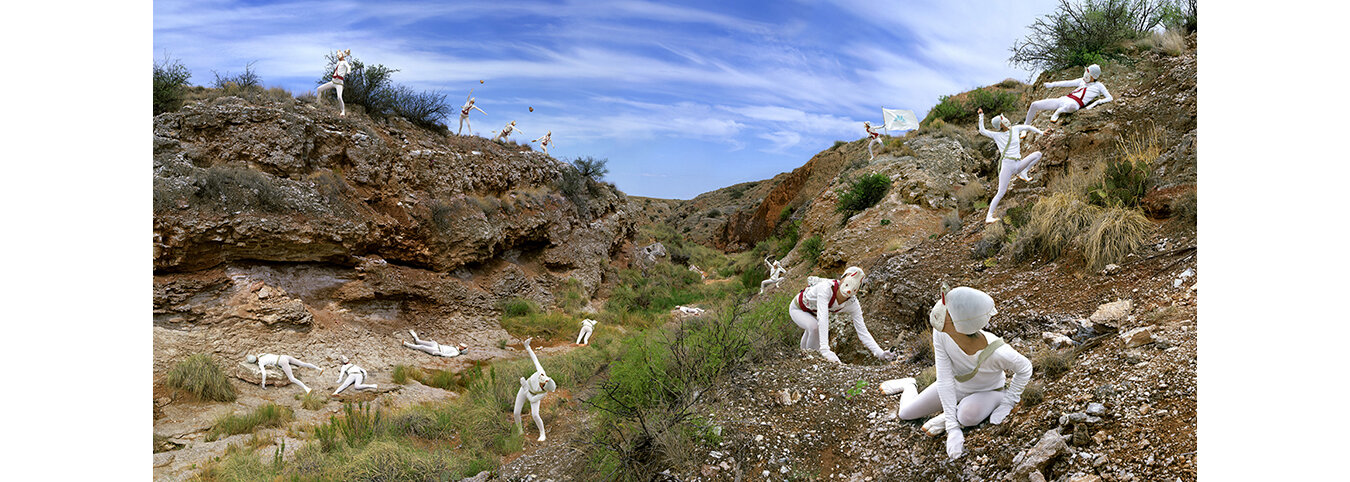RAIR | 2008-09
Mimi Kato |
Mimi Kato often uses photography and the digital manipulation of imagery for her creative process. Drawing cultural references from her native Japan, Mimi refers to her work as one-person theater, with the artist playing diverse roles while inhabiting colorful photo-collage imagery. Influenced by traditional Japanese art and its patterns, Kato often appropriates these visual queues from her native origin, combining them with folklore and memories from her childhood as well as contemporary issues, situations, and a bit of humor. Kato's work reveals a personal yet universal narrative. Mimi received an MFA from the University of Texas at San Antonio in 2006. She has participated in numerous artist-in-residence programs, including the MacDowell Colony in Peterborough, New Hampshire, in 2010. Mimi was also included in ‘Organic Matters: Women to Watch’ exhibition at the National Museum of Women in the Arts in 2015.
https://www.mimikato.com/
AMoCA Collection | Winter, Giclee print, 23.25” x 68”, 2008
This project traces its origin to masks my parents owned during my childhood in Japan. These masks are not Noh or Kyogen masks, which have a long history in Japan but rather are masks worn by common people for festivals and seasonal celebrations. Simple yet fragile, the masks are beautifully painted and handcrafted by an unknown entity who has been gone for a long time. Fairly old and mostly forgotten, these masks are now overshadowed by newer cheap plastic masks. I wanted to give these masks a task other than sitting on the wall as decoration so I started to wear them. With these masks I performed characters based on stories I created. The Hubbit project began after I came to New Mexico and experienced a landscape that is literally endless. I had never seen the horizon line on land before in my life. The scenery is breathtaking and its seduction beckoned me to explore deeper and deeper into the fields. The scale of the landscape gave me dreams of unexplored lands and a hidden society of creatures. This is where the Hubbit tribe came to life. They are not the product of my single mind, but rather are the product of the landscape itself. — Mimi Kato, 2008
Roswell Museum and Art Center
Rair exhibition • mimi Kato “Secret tribe of hubbits" • NOvember 22, 2008 - January 4, 2009







